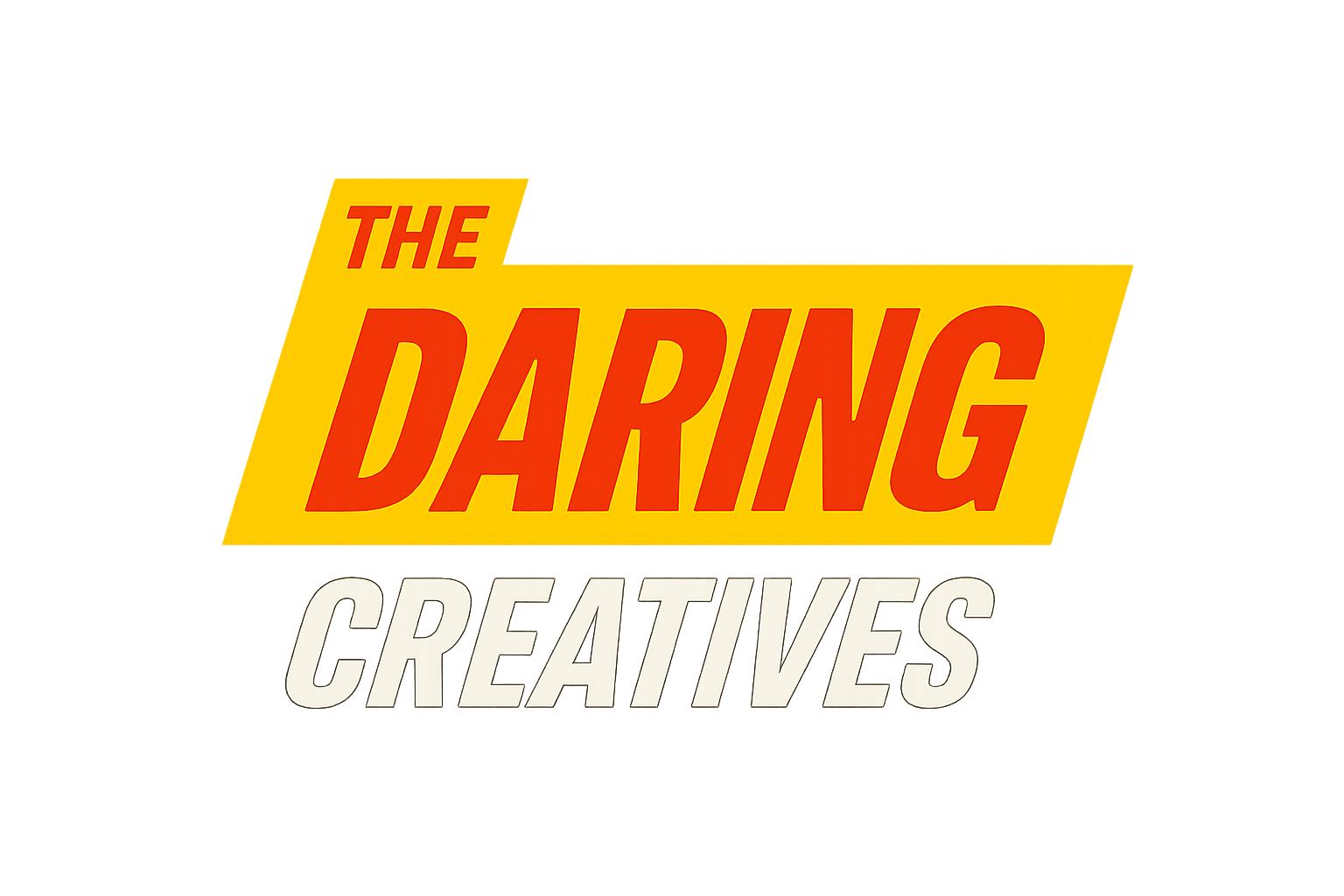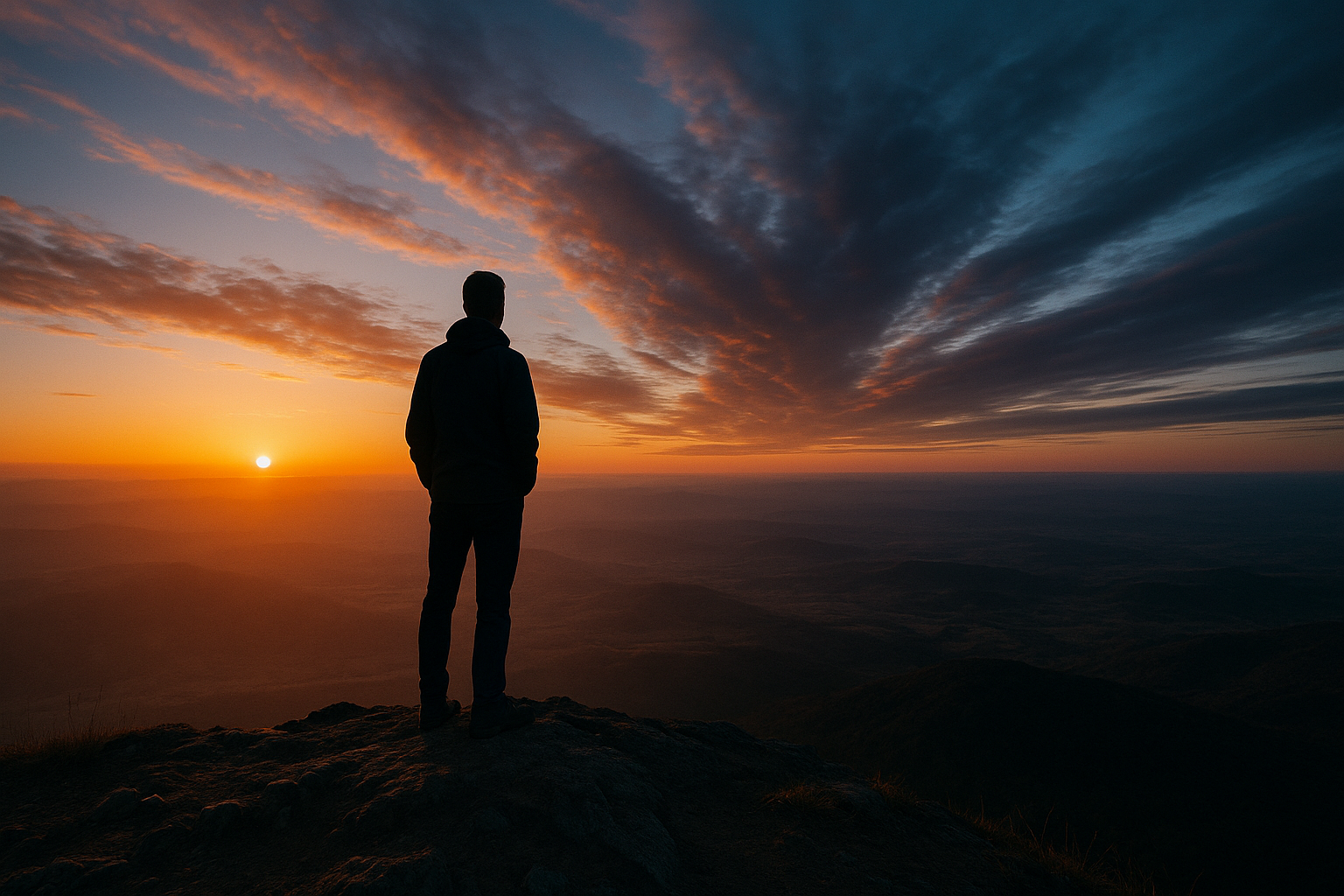When a new creative tool drops, especially one carrying the weight of hype like OpenAI’s Sora 2, there’s a temptation to treat it like a magic box. Push a button, get a masterpiece. But after about five hours in, I’m reminded that tools are never that simple.
The first thing worth mentioning — and it’s not obvious from the rollout materials — is that you need a Pro ChatGPT account to actually use Sora 2 right now. If you don’t, you’re stuck on a waitlist or hoping someone shares an invite. That’s the price of admission.
I dove in using only my phone, which seems to lock the output to vertical and square formats — very Instagram-friendly, but limiting if you’re thinking in widescreen or cinematic. It’s an odd constraint, but one that probably reflects how most people will actually use the tool.
Here’s what stood out to me early: The way Sora 2 handles prompts feels different, almost like starting from scratch. Prompting still matters, but the instincts you built with the first version aren't always translating. That can feel frustrating, but also kind of thrilling — like switching instruments after you’ve learned to play one well. You know the theory, but your hands have to catch up.
A cinematic animated scene inside a dimly lit, modern workspace at night. A man sits at a desk, wearing a black t-shirt, a black baseball cap, and bold yellow sunglasses. A bright yellow Post-It note stuck to his glasses reads in large, clear letter: "DON'T OVERTHINK"
My process has been simple: I describe the scene or style in my own words, just talking into ChatGPT the way I’d explain it to a collaborator. Then I let the model rewrite my ramble into a structured Sora prompt. That keeps me focused on vision, not syntax. It’s not about memorizing every trick, it’s about setting the stage clearly enough that the model fills in the rest.
One of the mysteries right now is prompt length. In-app, you’ll see these stunning clips labeled with tiny prompts — almost like throwaway lines. When I try that, I rarely get the intended result. Which makes me wonder: are the real prompts hidden? Are we seeing curated shorthand? Or are the examples just cherry-picked lucky hits? Without clarity, the line between best practice and blind luck feels blurry.
That’s why I’m already thinking about building my own “scene bible.” A living document of the styles, characters, and setups that actually work for me. And i have to thank ChatGPT Pulse for suggesting this, before I even realized I needed it. It did that this morning, on my first day of using Pulse.
@daring walking down the street in a Pacific Northwest suburban neighborhood in the fall.
Speaking of consistency: Cameo is where Sora 2 shines. It’s surprisingly good at keeping a character recognizable once you anchor them. But step outside of Cameo, and that consistency falls apart fast. Right now, if you want continuity, Cameo is what you have to use. But, that only works for you. It's tough to feed Sora 2 image reference because it has a policy not mimic likeness in these images. Something about that feels unfinished to me.
Mention any real person — celebrity, influencer, historical figure — and you’ll likely hit a wall of content notices. It’s not subtle; it’s locked down tight. Even brands to some extent (Goodwill) would trip the notices, so I would need to have ChatGPT describe as a thrift store.
A lot of this makes sense for safety, but it also reshapes how you think about storytelling. If your instinct is to drop familiar figures into a scene, you’ll need to rewire that impulse. Sora 2 is nudging you toward fiction, composites, and metaphor.
So where does that leave us?
For me, Sora 2 feels like standing at the edge of a new art form. It’s not about efficiency — it’s about experimentation. It asks you to imagine in moving images and then wrestle with how close the tool can get you to that imagination.
There’s also something worth appreciating in how imperfect it is. Early adoption means bumping into rough edges. The learning curve is real. The “wow” moments are tempered by plenty of misfires. But that’s exactly what makes it creatively interesting.
Here are the practical truths I’d tell any other creative curious about diving in:
- Don’t expect Sora 1 habits to work here. Reset your instincts.
- Dictating your ideas into ChatGPT and letting it structure prompts is a fast way to work.
- Start your own scene bible. Document what works for you.
- Use Cameo for character consistency. Outside of that, expect some chaos.
- Don’t plan on using real people — the moderation layer is too strong.
- Treat the constraints (aspect ratio, mobile-first design) as creative prompts, not limitations.
I’ll admit: I’m impressed. Not in the “look how perfect this is” way, but in the “look how wild and open this feels” way. Sora2 isn’t about replacing vision; it’s about stretching it. Like every new medium, it’ll reward the people who are willing to fumble, fail, and try again.
And that’s where the daring part comes in. The Daring Creatives aren’t the ones who master a tool instantly. They’re the ones who accept the mess, share the journey, and build fluency over time. Sora 2 isn’t just a video generator. It’s a new language. And like every language, the only way to speak it well is to start talking.


